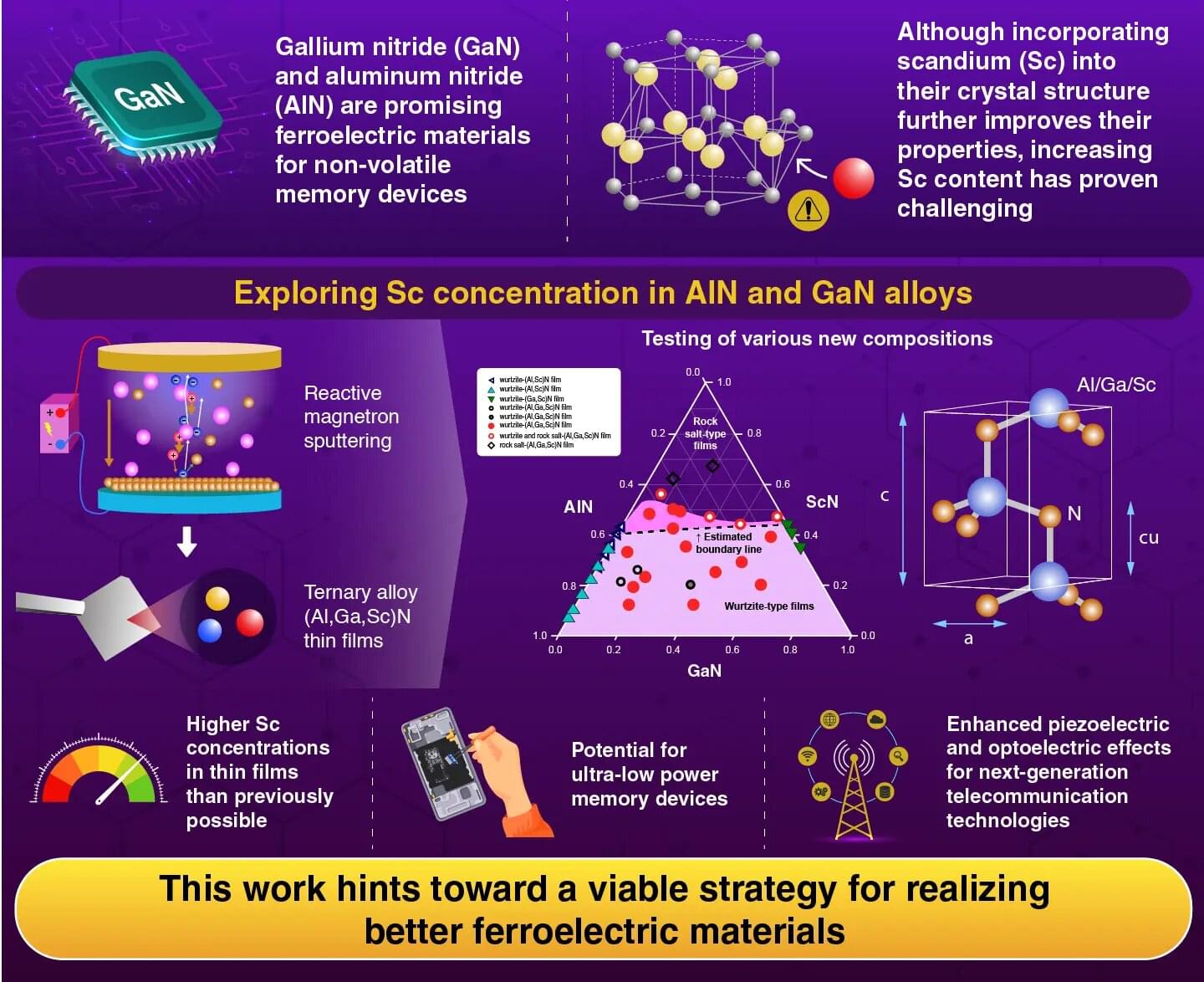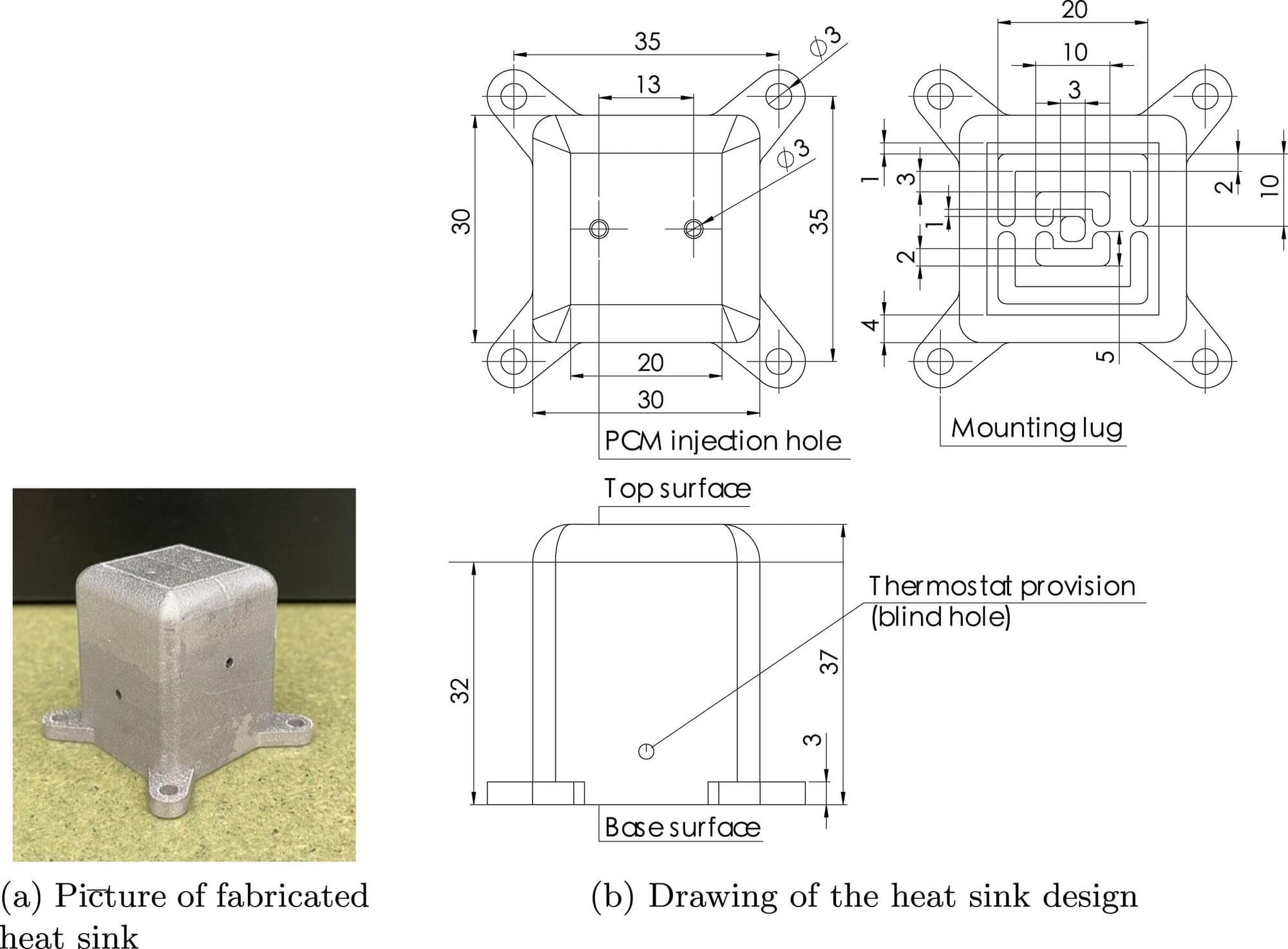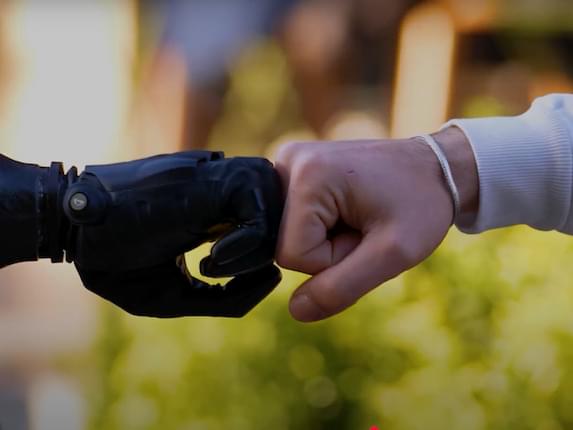The default settings for the Meta AI App are causing some users to leak some unfortunate personal details to the entire world.




The mean electronegativity of chemicals tested for mutagenicity, genotoxicity, clastogenicity and toxicity was determined. It was found that, as expected, chemicals with ‘structural alerts’ for DNA reactivity, and/or capable of inducing mutations in Salmonella and/or unscheduled DNA synthesis in hepatocytes, as a group, were significantly more electronegative than the molecules lacking these attributes. Molecules capable of inducing somatic mutations and recombinations in Drosophila melanogaster also exhibited this characteristic although it was of borderline statistical significance. Inducers of chromosomal aberrations and sister-chromatid exchanges in cultured CHO cells showed the same trend, however the differences between inducers and non-inducers were not statistically significant. In contrast to the above, inducers of bone marrow micronuclei, as a group, were significantly less electronegative than non-inducers. This is a property they shared with chemicals that exhibited systemic or cellular toxicity or that induced lethality in minnows. These findings suggest that in addition to genotoxicity, cellular and/or systemic toxicity may also contribute to the induction of micronuclei.
Ilya Sutskever (OpenAI)https://simons.berkeley.edu/talks/ilya-sutskever-openai-2023-08-14Large Language Models and Transformers

For almost as long as humans have existed, we have been trying to make sense of the cosmos. What started as philosophical musing has, following the advent of the telescope and the ability to look ever farther into space (and ever earlier in time), become a thriving field of research.
Today, scientists seek to understand the properties governing how our universe behaves. These properties are characterized mathematically as so-called cosmological parameters, which fit into our models of the cosmos. The more precisely these parameters can be measured, the better we are able to differentiate between models, as well as validate — or rule out — long-held theories, including Einstein’s general theory of relativity. Because different models can hold vastly different predictions for both our universe’s earliest moments and eventual fate, that differentiation is vital.
To date, some of the biggest challenges include more tightly constraining parameters such as those that determine the precise amount and nature of dark matter, the source of dark energy and the repulsive force that it exerts, and exactly how neutrinos behave.

A recent study reports (Al,Ga, Sc)N thin films with record-high scandium levels, with exciting potential for ultra-low-power memory devices, as reported by researchers from Institute of Science Tokyo (Science Tokyo). Using reactive magnetron sputtering, they fine-tuned the composition of ternary alloys to overcome previous stability limits.

An interdisciplinary research team including mechanical science and engineering professor Mickey Clemon from the Grainger College of Engineering at the University of Illinois Urbana-Champaign is investigating cooling methods for heat sinks by performing experiments onboard a satellite currently orbiting Earth.
“University-sponsored satellites have a very low success rate of making it into space, so we’re very happy that we made it into space and that our system works,” Clemon said.
The team has published the recent findings from their ongoing study, “Investigating the performance of a heat sink for satellite avionics thermal management: From ground-level testing to space-like conditions,” in the International Journal of Heat and Mass Transfer.


The rise of Artificial General Intelligence (AGI) has the potential to change many aspects of human life. One of the most interesting possibilities is that AGI could create a universal language. This change could deeply transform how we think. Unlike today’s AI, which is made for specific tasks, AGI refers to machines that can perform any intellectual task a human can. These machines can learn, reason, and innovate in many different areas.
This ability makes AGI a powerful tool in technology and in changing how we communicate and understand the world. By studying patterns from all human languages, AGI could design a universal language with the potential to connect different cultures and languages. More than just making communication easier, such a language could also improve human thinking. In fact, this could change the way we think, perceive, and interact with our environment.
